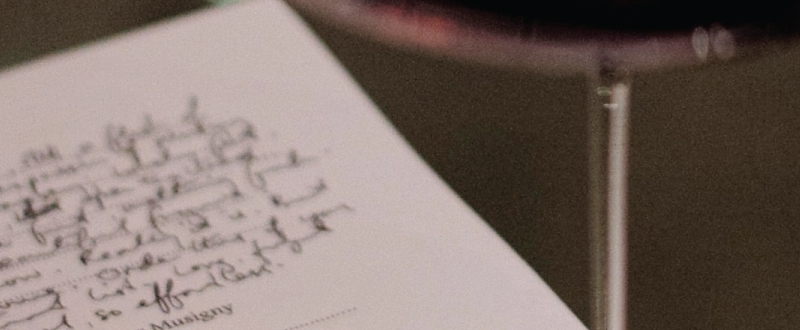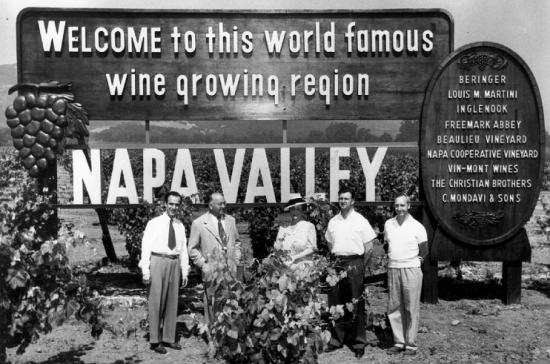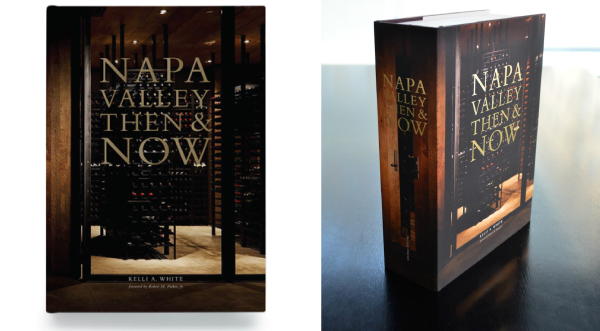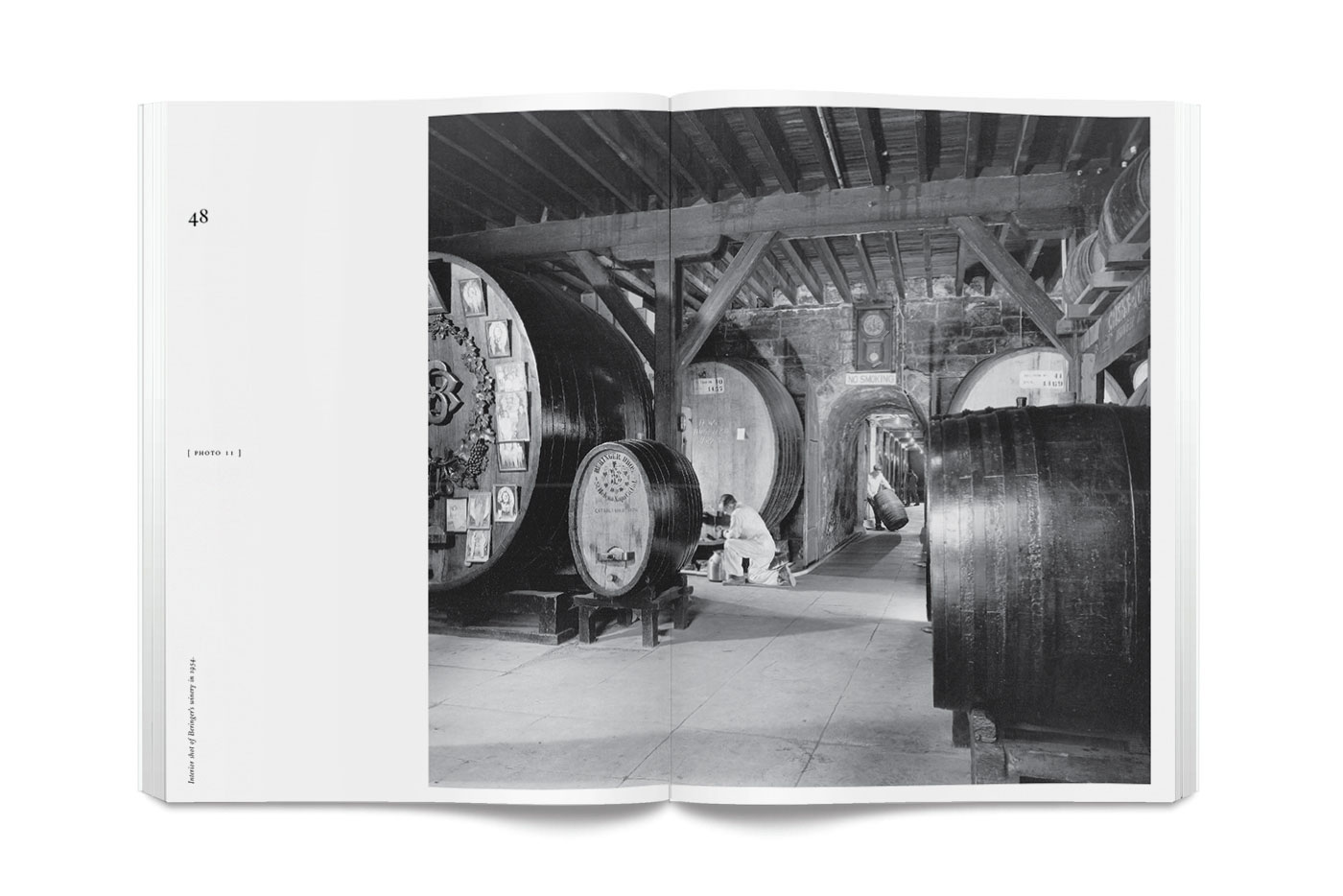





On Saturday, 16 of you joined me in the shop to meet book author, Kelli White, of “Napa Valley Then & Now,” and to taste and discuss wines of the Napa Valley. For this afternoon of tasting, we focused on Cabernet Sauvignon and Bordeaux-style blends.
We tasted through 10 different wines organised into four flights. Our afternoon covered the following topics :
1. Key Wineries for Napa Valley's History:
Caymus Vineyards Special Selection Cabernet Sauvignon 1981
Heitz Cellar Martha’s Vineyard Cabernet Sauvignon 1986 and
Robert Mondavi Winery Reserve Cabernet Sauvignon 1992
2. Mountain Fruit Versus Valley Fruit:
Lokoya Mount Veeder Cabernet Sauvignon 1996 and
Joseph Phelps Vineyards ‘Insignia’ 1999
3. Vintage Comparison and Discussion of Ageability:
Dominus 1996 and 2006
4. Mountain Fruit with Different Expressions and Styles:
Mayacamas Cabernet Sauvignon 2002
Philip Togni Vineyard Cabernet Sauvignon 2004 and
Kenzo Estate Rindo 2010

Flight 1: KEY WINERIES FOR NAPA VALLEY’S HISTORY
The first three wines we tasted were Caymus Vineyards Special Selection Cabernet Sauvignon 1981, Heitz Cellar Martha’s Vineyard Cabernet Sauvignon 1986, and Robert Mondavi Winery Reserve Cabernet Sauvignon 1992.

Randy Dunn of Dunn Vineyards made the 1981, and he was at Caymus from 1975 to 1985. The 1981 is reminiscent of old Barolo with aromas of balsamic, thyme, and sweet oregano. The fruit is more in the background, revealing dried red berry, cherry and black currant flavours, and the tannins are well-integrated. This 1981 Special Selection was tasting at the end of its tasting window. I enjoyed this bottle because it was a more delicate example of Cabernet Sauvignon and reflected the vintage 1981. An intense heatwave in 1981 resulted in early harvesting which took place in mid-August, and many saw a smaller crop. In the end, the vintage of 1981 has delivered far more than predicted.
By contrast, 1986 was a great year in Napa, and the 1986 Martha’s was my favourite wine of the afternoon. It showed the rewards one can reap when you age these wines. The nose displayed aromas of mint, fresh and dried herbs, dark cherry, and cassis with soft, dusty tannins on the palate. It was concentrated and medium-plus in body with the fruit and herbal flavours fully coming through on the palate. The minty herbal quality Kelli explained comes from the eucalyptus trees that used to be planted near Martha’s vineyard. The vineyard is located very close to the vineyards owned by the Mondavis that have eucalyptus trees dividing between the two vineyards. The Mondavis cut the trees down in the early 2000s, so at this point, the minty note is less present. Then, the soft, dusty tannins character is an indicator of a wine coming from Rutherford. The deeper soils and microclimate there enable a longer hang time for the grapes which results in this soft, dusty tannin quality in the wines.
|
|
|
Joe and Alice Heitz © heitzcellar.com |
Heitz Cellar was quite revolutionary in Napa as prior to the time of Martha’s vineyard all the wineries primarily focused on the grape variety and winemaking. No one thought about the notion of a single-vineyard designate wine. Joe Heitz always saw himself as a winemaker, not a vine grower, and so the Heitz and May families entered into an exclusive agreement whereby Heitz would purchase their grapes from Martha’s vineyard. Grapes from this vineyard were first used in 1965, and the first vineyard designate of this wine was in 1966. Martha’s vineyard is one of California’s very first vineyard-designated wines, and certain vintages are considered the best wine ever produced in California.
As mentioned in my New Arrivals’ offer on Saturday, Robert Mondavi was extremely instrumental in promoting the wines of Napa as he promoted them as part of a lifestyle. And the new winery he constructed in the 1960s was innovative and can de credited with being the training ground for winemakers who would go on to be the industry’s leaders. Kelli explained that Robert Mondavi also contributed to Napa Valley’s wine history by bringing back the great To Kalon vineyard which was a lost name after Prohibition. This land is considered to be among the best terroirs for Cabernet Sauvignon in the world.The final wine in this flight was Robert Mondavi Winery Reserve Cabernet Sauvignon 1992. It’s fitting that this wine should come next as the To Kalon vineyard where some of this fruit came from for this Cabernet is located very close to Martha’s vineyard. This Mondavi Reserve Cabernet showed aromas of cassis, dark cherry, dried tobacco leaf, rosemary and earthy notes of dried leaves and forest floor. It wasn’t quite as concentrated as the Martha’s and seemed to be more developed.

Timothy Mondavi, Robert Mondavi, and Baron Philippe de Rothschild, 1980 © UC Davis Library
Flight 2: MOUNTAIN FRUIT VERSUS VALLEY FRUIT
Our next flight of wines contained Lokoya Mount Veeder Cabernet Sauvignon 1996 and Joseph Phelps Vineyards ‘Insignia’ 1999, and we discussed the difference in these two styles and between mountain fruit and valley fruit. Napa is made up of two mountain ranges the Vacas in the north and the Mayacamas in the south. Mount Veeder is located on the western ridges of the Mayacamas mountains, and this range is much cooler than where the Vacas mountain range is located in the north.

Lokoya vineyards © lokoya.com
This specific vineyard from Lokoya winery is located at the northern end of the Mount Veeder appellation. This 100% Cabernet Sauvignon was another favourite of mine from the tasting owing to its purity of fruit, concentration and minerality. The wine yielded flavours of fresh, savoury herbs, plum, blackberry and other dark berry fruit combined with a touch of vanilla and cinnamon as well as a hint of earthy aromas. The tannins are elongating and softening at this point, and the wine is full-bodied. Structurally the wine is similar to Bordeaux in terms of the balance between the fruit, acidity and tannins. This 1996 still has many years ahead.
The Insignia comes from a property that was originally the 640-acre Spring Valley cattle ranch located between Howell Mountain and Pritchard Hill. In 1974, Joseph Phelps decided to make a separate cuvee each year, one to represent the best wine of the vintage. To give him flexibility as to the blend and grape makeup, he decided to use a proprietary name and called it, ‘Insignia.’

Joseph Phelps Vineyards © josephphelps.com
|
|
The 1999 is a blend of 71% Cabernet Sauvignon, 21% Merlot, 6% Petit Verdot, 1% Malbec and 1% Cabernet Franc. It was aged for 26 months in new French oak barrels.
While not too many people talk about 1999 as a top vintage for Napa, Kelli explained it’s a vintage she really likes, and much prefers to 1997. For me, this wine was drinking well and highlighted Kelli’s point that this vintage should not be overlooked. This 1999 Insignia delivered aromas of roasted herbs, olive tapenade, dark berry fruit with medium plus tannins, and it was full-bodied. While this wine is drinking well, it’s another example of one with many years ahead. Plus, the 1999 is cheaper than the 1997s and 2002s which received higher marks.
Flight 3: VINTAGE COMPARISON AND DISCUSSION OF AGEABILITY
 For our third flight, we did a vintage comparison for Dominus comparing the 1996
For our third flight, we did a vintage comparison for Dominus comparing the 1996
to the 2006. The 1996 vintage is a blend of 82% Cabernet Sauvignon, 10% Cabernet
Franc, 4% Petit Verdot, and 4% Merlot. The wine was aged in 33% new French oak barrels. The 1996 is in its sweet spot. Kelli explained that this wine is one of the most lacey and feminine wines from the vintage. She’s a big fan of 1996. This Dominus showed aromas of dark cherry, both fresh and dried, thyme,
green leaf tobacco and earthy notes. The wine is minerally, and as Kelli described, the tannins are elegant, yielding a graceful Cabernet that’s medium plus in body. When asked why the tannins in the wines of Dominus have this elegant character, Kelli explained she believes it’s because they’re so meticulous in the vineyards. She described that after the earthquake in 2014, the wine team at Dominus noticed that one of the vineyard blocks was tasting very differently. Upon further investigation, they discovered that the earthquake had awoken an underground spring. She knows of few winery teams who would uncover such a condition in their vineyards.
In contrast to the 1996, 2006 was a particularly ripe year in Napa. This vintage is a blend of 91% Cabernet Sauvignon, 6% Cabernet Franc, and 3% Petit Verdot. There was no Merlot in this vintage, and it was aged in 40% new French oak barrels. The fruit in the 2006 is sweeter, riper and darker in character, and there is more weight to this wine. The aromas displayed are vanilla, cinnamon, dark raspberry, blackberry, and the tannins are rounded with a similar elegance to the 1996.
Flight 4: MOUNTAIN FRUIT WITH DIFFERENT EXPRESSIONS AND STYLES

Our final flight of wines featured mountain fruit with different expressions and styles, and we tasted Mayacamas Cabernet Sauvignon 2002, Philip Togni Vineyard Cabernet Sauvignon 2004 and Kenzo Estate Rindo 2010. With this flight Kelli conveyed to us some of her biases. She explained that Mayacamas is one of her absolute favourite wineries in Napa as well as Togni, partly owing to the fact that both have continued the same style over the years while others have shifted and changed. Incidentally, Philip Togni made the 1959 Mayacamas which she said is still drinking well. He also made one of Kelli’s absolute favourite wines, the Chappellet 1969. She remembers having that wine on her list at Press six or seven years ago for USD 300, and now she said she saw an auction price for the wine recently which was USD 5000.
Kelli explained that Mayacamas is one of those wines you can buy and then forget about it in the cellar. She recommends buying a case, drinking a bottle and then putting the rest in your cellar. We definitely experienced the staying power of Mayacamas with this 2002. It showed no signs of dying anytime soon with fresh and vibrant fruit aromas of red berry, pomegranate, and cassis combined with bay leaf and a bit of salinity or green olive on the finish. The interplay of flavours are entrancing, and the wine is structured with tannins that are balanced nicely by the fruit, conveying a lasting finish. Kelli pointed out that Mayacamas is also located on Mount Veeder, so she encouraged us to go back to our glass of Lokoya to compare.

Mayacamas Vineyard © mayacamas.com
The Philip Togni Vineyard is located on Spring Mountain in the middle of the Mayacamas mountain range, so north of Mount Veeder. He was one of the first people to graduate from the University of Bordeaux with a degree in enology and studied under Emile Peynaud. He is very Bordeaux minded in his winemaking. For example, Kelli noted he doesn’t try to get rid of the green note you sometimes find in Cabernet Sauvignon which can reveal itself with an aroma of pine or bay leaf in a wine. This 2004 that we tasted was quite restrained and elegant given the ripeness of the vintage. It delivered flavours of cassis and dark cherry with medium plus tannins and vibrant acidity. Again, this wine was drinking well, but could easily age for another ten to twenty plus years.
The final wine of the day was Rindo from Kenzo Estate. Kelli described the 2010 as a beautiful vintage that’s quite structured and very ageworthy. The first vintage of this wine was in 2005, and its owned by Kenzo Tsujimoto with winemaker Heidi Barrett making the wine. This 2010 showed notes of liquorice, blackberry and other dark berry fruit combined with graphite and a firm structure; it was full bodied and intensely concentrated but not overpowering.
 A cavern protects peacefully aging wines in Kenzo Estate @ kenzoestate.com
A cavern protects peacefully aging wines in Kenzo Estate @ kenzoestate.com
This wine is the most reflective of modern Napa winemaking. Kelli shared that during the 2000s, wineries started using more and more new oak and a more modern style of Napa wines started taking shape. She explained this shift in style happened for multiple reasons. One reason is because of the ratings from Robert Parker and Wine Spectator. Certain wines from Napa were getting high scores. Then their prices in the auction market were driven up. Also, many wineries started changing their farming practices. In addition, some wineries changed their winemaking practices to use more oak. When asked why so many use new oak, Kelli explained that perhaps some of it is to justify the higher price tag on some of the wines. In addition, it was quite special for many of the wineries to be able to make this change and considered a major improvement by some. Many of the early wineries in the 1960s used old bourbon barrels which were made from American oak. Mondavi was one of the first to start using French oak barrels. Both Caymus and Heitz still continue to use some American oak barrels. Another reason for the shift in style in Napa was the climate changing and becoming warmer. While a style shift happened during the 2000s, Kelli noted that not all wineries changed their style. There are still ageworthy wines being made in Napa just like those from the early days of the valley’s winemaking history.
In the final remarks, Kelli was asked how do you tell the wines of Napa from Bordeaux as they get older, and she responded that blind tasters say the tell is in the mid-palate, they detect a glycerol, sweetness and creaminess that reveals the wine is from California. For those of you who joined Kelli and me on Saturday, thank you for coming out on the hot day. I hope you learned more about the wines of Napa Valley and gained greater insights into their winemaking history. For those of you who couldn’t make it, here is your chance to taste some of the wines and to still pick up a signed copy of the book. We asked Kelli to leave a few copies with us before she flew home to Napa. Take a close look at our list of Napa Valley wines below, and feel free to reach out for any recommendations. If you need photos or have any additional questions, we’re happy to help. Hope to share a glass of Napa Cabernet with you soon!

